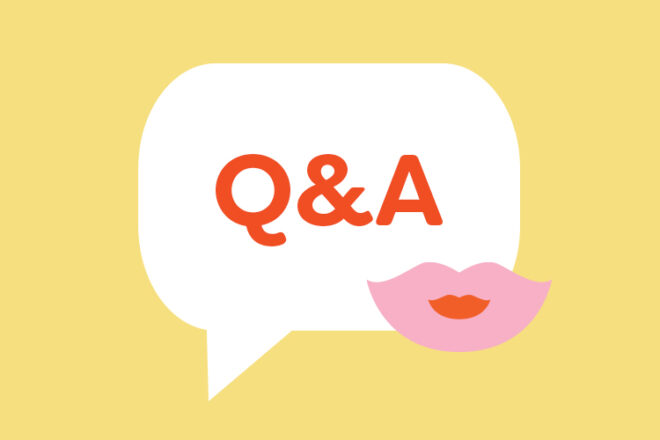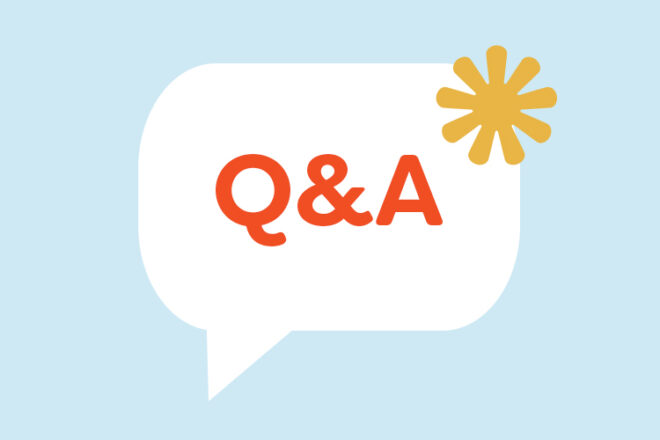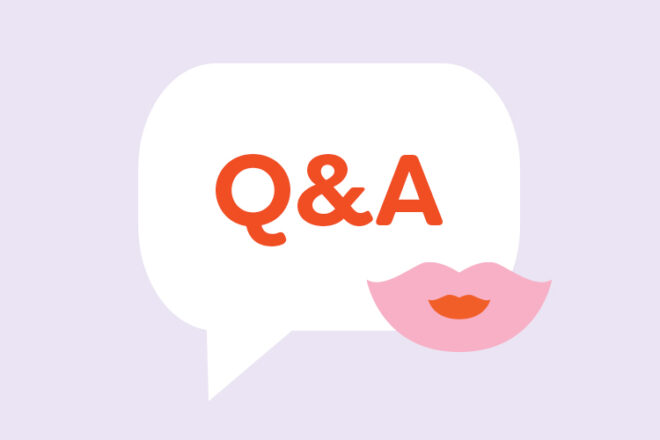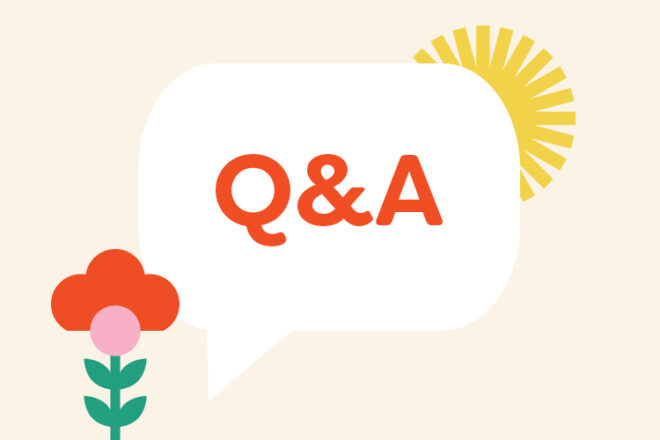
Ah, the charm of milk teeth – tiny, adorable, and a source of joy. Yet, coaxing those little pearls into pristine condition can sometimes feel like a miniature wrestling match by the sink.
How is everyone brushing their baby’s teeth? This has become so difficult and she usually screams or just flat out refuses to open her little mouth. I’ve tried a few different types of baby toothbrushes and try to make it fun but as soon as she sees it she won’t open her mouth!
– Claire Mum’s Grapevine Spring 2022 Baby Group
Enter the crucial ritual of brushing your baby’s teeth. Beyond the cuteness factor, it plays a pivotal role in their oral care regimen, fending off cavities, gum disease, and other dental woes. According to the Academy of Pediatric Dentistry, the brushing journey should commence as soon as that inaugural tooth makes its debut, typically around the 6-month mark, though the timing can be different for each child.
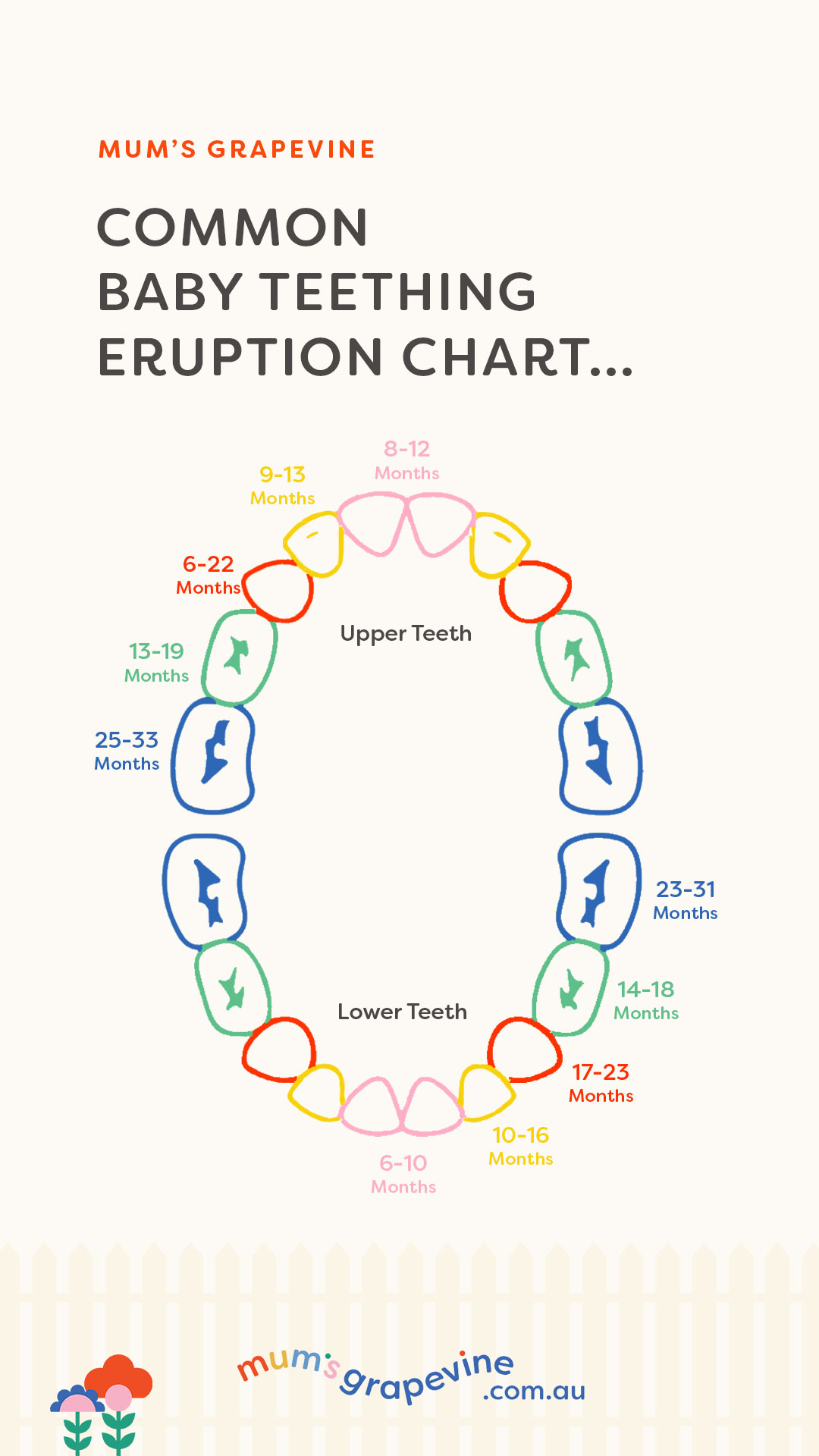
Dentist Dr Guilia D’Anna tells Mum’s Grapevine that it’s super important to keep baby teeth clean and healthy, even though they only hang around for a few years.
“The best thing to remember is that a baby should never go to sleep sucking on a bottle of anything other than water. Milk includes natural sugar, called lactose. This has the ability to cause ‘bottle caries’ or ‘bottle decay’ which is literally decay that occurs due to bottle feeding.
“Parents don’t need to be too worried about feeding, there just needs to be a break between milk sessions (as there naturally is). The problem occurs when parents put the baby to bed with a bottle so that the baby can suck on the bottle constantly for potentially hours at a time. Another no-no is letting your baby drink fruit juices between milk sessions, for the same reason that the decay rate is likely to go up.”
Tips for cleaning baby’s first teeth
In the early stages, to clean teeth, wiping the gums and teeth with a face washer is all that is needed. The aim is to gently wipe off any plaque that occurs. There is definitely no need to use toothpaste this early.
First toothbrush
As your baby grows up, using a toothbrush is more important. The child becomes accustomed to the process. Again there is no need for toothpaste, as diet is more important here.
Brushing position
I found with my children that lying the child down with their head in my lap always worked best for me. It helps too if the child is distracted by a toy or watching TV just for a minute so that I can brush teeth without having them pull it out of their mouth.
Toothpaste
When using toothpaste, only use a very small smear on the toothbrush until you know that your child can reliably spit out. Too much toothpaste at an early age can cause permanent effects on the developing adult teeth, called fluorosis.
Fluoride is great for teeth, but it is meant to be superficially applied only, not ingested. So until you know your child can spit out the excess and is not swallowing it, use low-fluoride toothpaste in small amounts.
Join the conversation
We asked our Grapeviner mums for their tips and here are some really good pointers.
Start early and make it a routine. The sooner you start brushing your baby’s teeth, the more likely they are to accept it as part of their daily routine. Begin by gently wiping their gums with a clean, damp washcloth or gauze pad after each feeding. Once their first tooth erupts, you can switch to a soft-bristled toothbrush.
Let your baby choose their toothbrush. Take your baby to the store and let them pick out their own toothbrush. This will give them a sense of ownership and make them more likely to want to use it.
Make it fun. Sing songs, play games, or tell stories while you brush your baby’s teeth. This will help to distract them from what you’re doing and make it a more positive experience.
Be patient. It may take some time for your baby to get used to having their teeth brushed. Don’t get discouraged if they resist at first. Just keep trying and eventually, they will come around.
What if baby’s first teeth have gaps between them?
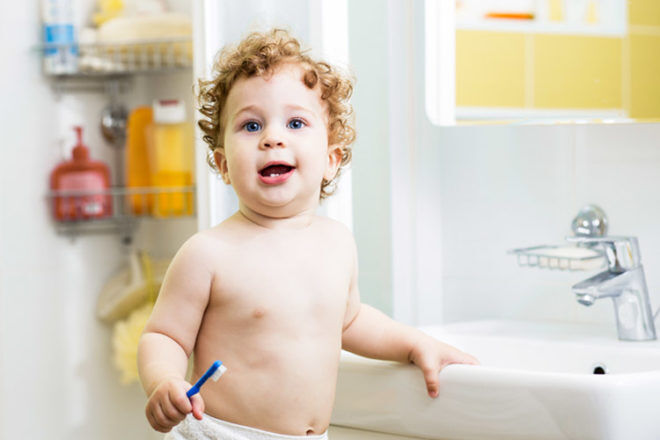
“I love to see gaps in baby’s first teeth. Gaps are great. I know that magazines and some images of kids show all the baby teeth perfectly lined up, but we need the gaps. This is because the developing adult teeth underneath the gums need to develop, and need space between the roots of the baby teeth to do this.” Dr D’Anna said.
“Moreover, the adult teeth begin erupting between the ages of five to six-years-old, and these are much larger in size than the baby teeth. If there are no gaps, we are sure that crowding and orthodontics are likely to be on the cards. So rejoice in gaps!”

Need more help with baby’s first teeth? Head right this way – we have the scope on the gear for teething, teething product reviews and all your answers to teething questions.
Read next …
- Q&A Does Teething Cause a Fever?
- Q&A: When do babies start teething?
- Amber teething necklaces: do they work?
Dr Giulia D’Anna is a renowned dermal therapist and dentist, offering world-class dental and skin solutions and a makeup bar for clients at iDental.
